- Japanese Used Car
- Blog
Finding the Best Used Car in Australia
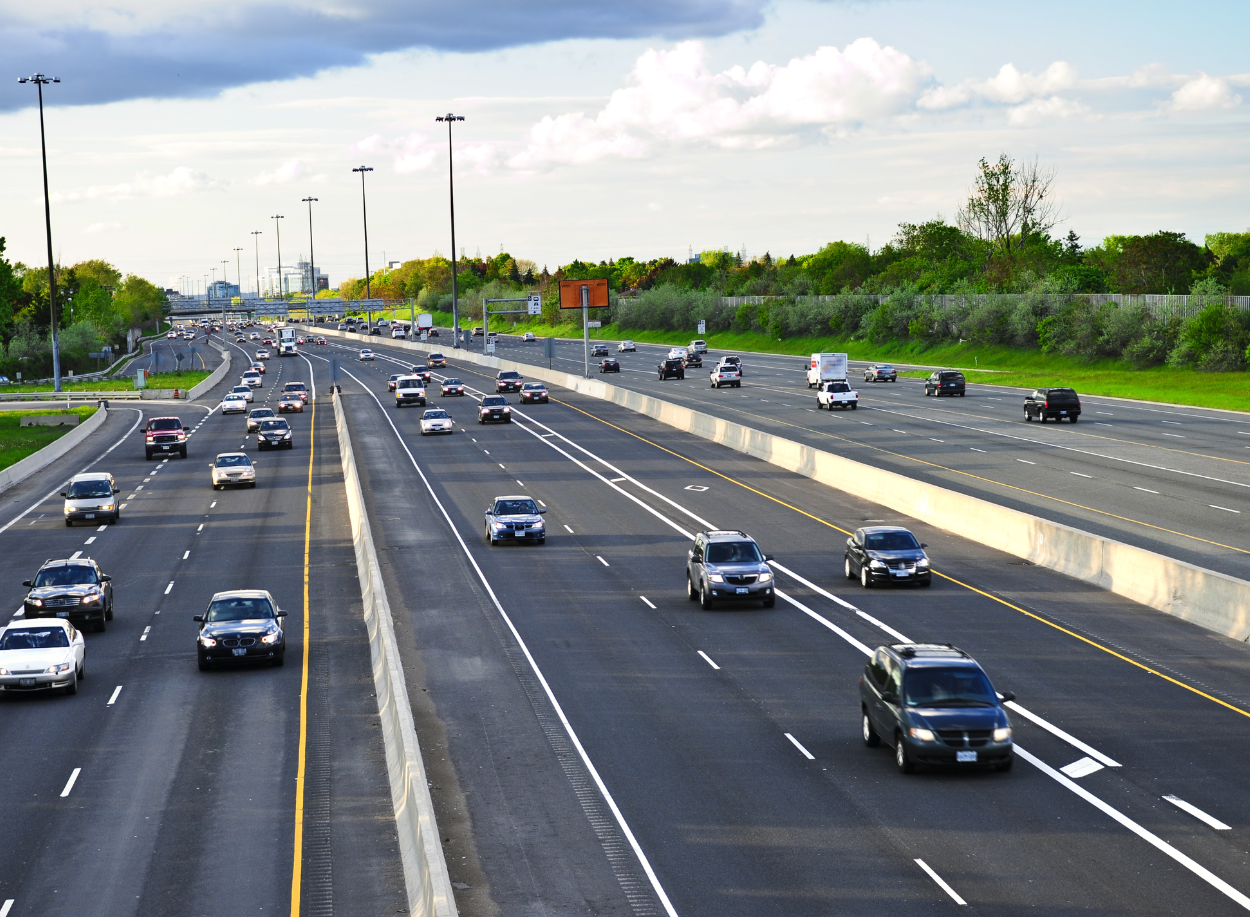
Purchasing a used car in Australia can be a smart and cost-effective decision, especially given the rising prices of new vehicles and the increased demand for personal transportation. However, navigating the used car market can be challenging, particularly if you’re looking for a reliable vehicle that meets your needs without breaking the bank. Whether you’re a city dweller seeking a compact car, a family in need of a spacious SUV, or an adventurer looking for a rugged 4×4, understanding the ins and outs of buying a used car in Australia is crucial.
In this guide, we’ll walk you through everything you need to know to make an informed decision—from understanding the nuances of the Australian used car market to inspecting a vehicle before purchase and negotiating the best deal. By following these steps, you’ll be well-equipped to find a quality used car that you can trust, ensuring peace of mind and satisfaction with your purchase.
Understanding the Australian Used Car Market

Overview of the Australian used car market
The Australian used car market is diverse and dynamic, reflecting a wide range of consumer needs and preferences. Unlike some countries where the new car market dominates, Australia sees a significant volume of used car transactions each year. Buyers in Australia often prefer used cars due to the lower cost of ownership, including reduced depreciation rates, which makes them a more financially viable option. The market features a vast selection of vehicles, from compact city cars to large SUVs and rugged 4x4s, catering to urban dwellers, families, and adventure seekers alike.
Key factors driving the demand for used cars in Australia
Several factors contribute to the growing demand for used cars in Australia. First, the economic impact of global events, such as the COVID-19 pandemic, has led many consumers to opt for used vehicles over new ones due to budget constraints. Additionally, the rising cost of living and inflation have made the affordability of used cars more appealing. The availability of high-quality, well-maintained vehicles in the used market also drives demand, as many Australians recognize the value of purchasing a near-new car at a fraction of the original price. Environmental concerns and the push towards sustainability have also encouraged some consumers to choose used cars as a way to reduce their carbon footprint.
How COVID-19 impacted the used car industry in Australia
The COVID-19 pandemic significantly impacted the Australian used car market. Early in the pandemic, disruptions in global supply chains caused delays in the production and delivery of new cars, leading to a shortage that drove up demand for used vehicles. As a result, prices for used cars surged, and the market became highly competitive. Many Australians, looking to avoid public transport and reduce the risk of exposure to the virus, turned to used cars as a more affordable and readily available alternative. Additionally, the economic uncertainty during this period made the financial prudence of purchasing a used vehicle more attractive to a broader range of buyers.
How to Choose the Right Used Car for Your Needs
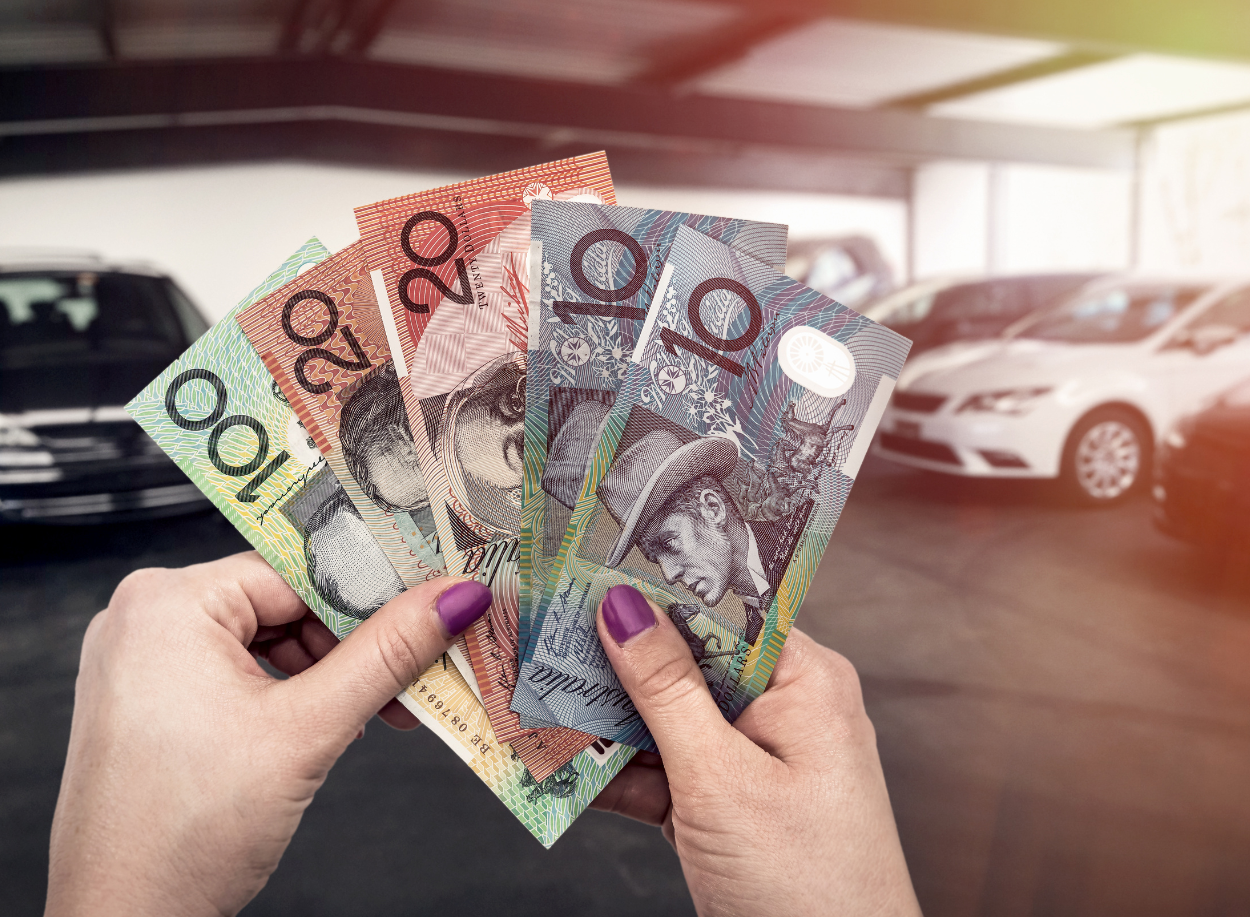
Assessing your budget and financing options
Before starting your search for a used car, it’s essential to determine your budget. This involves not only considering the purchase price but also accounting for additional costs such as registration, insurance, maintenance, and potential repairs. Financing options should be explored, including personal loans, car loans, and dealer financing. Each option has its pros and cons, and understanding the total cost of the loan, including interest rates and fees, is crucial in making an informed decision. Setting a realistic budget will help narrow down your choices and prevent financial strain down the line.
Identifying your primary needs: city car, family vehicle, or 4x4?
Your specific needs will largely dictate the type of car you should consider. For city dwellers, a compact car that’s easy to park and fuel-efficient might be ideal. Families, on the other hand, may prioritize space, safety features, and comfort, making a mid-sized SUV or a wagon a better option. If you’re an adventurer or live in a rural area, a 4×4 or a ute (utility vehicle) with off-road capabilities might be necessary. Clearly defining your primary needs ensures that you select a car that fits your lifestyle and provides the necessary functionality.
Researching the most reliable car brands and models in Australia
Australia has a strong preference for certain car brands known for their reliability, durability, and ease of maintenance. Brands like Toyota, Mazda, Subaru, and Ford often top the list for reliability in the Australian market. Within these brands, specific models such as the Toyota Corolla, Mazda CX-5, Subaru Outback, and Ford Ranger are well-regarded. It’s important to research customer reviews, reliability ratings, and the availability of spare parts for the models you’re considering. This research will help you choose a car that will require fewer repairs and offer a longer service life.
Understanding the importance of fuel efficiency and maintenance costs
Fuel efficiency is a critical factor, especially given fluctuating fuel prices in Australia. Cars with better fuel efficiency can save you a significant amount of money over time. Look for vehicles with lower fuel consumption ratings, and consider hybrid or diesel options if they fit your needs. Additionally, understanding the maintenance costs associated with different models is essential. Some cars may be cheap to buy but expensive to maintain, due to the cost of parts or the frequency of required services. Checking service schedules and common issues for the models you’re interested in can give you a clearer picture of ongoing costs.
Safety features to prioritize in a used car
Safety should always be a top priority when purchasing a used car. Look for vehicles equipped with modern safety features such as anti-lock braking systems (ABS), electronic stability control (ESC), multiple airbags, and advanced driver-assistance systems (ADAS) like lane-keeping assist and automatic emergency braking. Checking the car’s ANCAP safety rating, which is specific to Australia, can also provide valuable insight into its safety performance. Remember that newer models are more likely to have advanced safety features, so balancing your budget with safety requirements is key.
Considering the car's resale value
Resale value is an important consideration, particularly if you plan to upgrade your vehicle in the future. Some brands and models hold their value better than others, which can make a significant difference when it’s time to sell or trade-in your car. Factors that influence resale value include brand reputation, the car’s condition, mileage, and market demand. Cars that are known for their reliability, fuel efficiency, and safety features generally have higher resale values. Keeping these factors in mind can help you choose a car that won’t depreciate too rapidly.
Where to Buy a Used Car in Australia
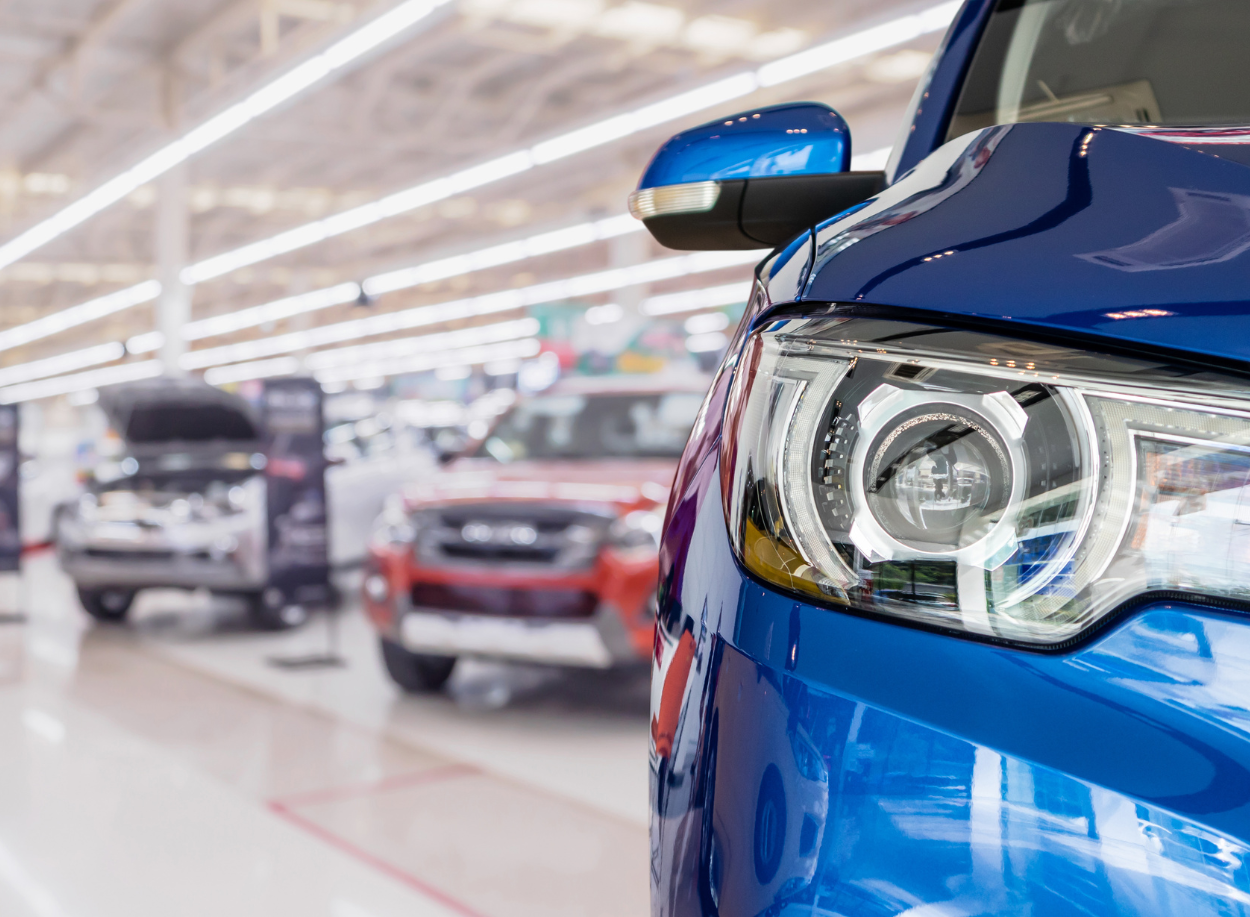
The pros and cons of buying from a dealership vs. a private seller
When purchasing a used car in Australia, you can choose between buying from a dealership or a private seller. Dealerships often offer a wider selection of vehicles, financing options, and warranties, which can provide peace of mind. They also handle most of the paperwork, making the process smoother. However, cars at dealerships can be more expensive due to overhead costs. On the other hand, buying from a private seller can be cheaper, but it requires more due diligence, as you won’t have the same protections or guarantees. It’s essential to weigh these pros and cons based on your comfort level and the type of car you’re seeking.
Exploring online marketplaces: Carsales, Gumtree, and more
Online marketplaces have become a popular way to find used cars in Australia. Platforms like Carsales, Gumtree, and Facebook Marketplace offer a vast range of vehicles from both private sellers and dealerships. Carsales is known for its extensive listings and detailed filters, making it easier to find specific models or price ranges. Gumtree and Facebook Marketplace often feature more private sellers, which can lead to better deals, but also requires careful vetting of the seller and vehicle. When using these platforms, always verify the car’s history, ask for detailed photos, and arrange for an inspection before finalizing the purchase
Visiting car auctions: What you need to know
Car auctions are another avenue for purchasing a used car, often at a lower price than through traditional methods. Auction houses like Manheim and Pickles hold regular events where a wide range of vehicles, including ex-fleet cars, repossessions, and trade-ins, are sold. While auctions can offer great deals, they also carry risks. Cars are typically sold “as-is,” meaning there are no warranties or guarantees, and you may not have the opportunity to inspect the vehicle thoroughly before bidding. It’s important to research the auction process, set a firm budget, and be prepared to walk away if bidding exceeds your limit.
Certified pre-owned cars: What they are and where to find them
Certified pre-owned (CPO) cars offer a middle ground between new and used cars. These vehicles are typically low-mileage, late-model cars that have undergone rigorous inspections and come with extended warranties. They are often sold by franchised dealerships associated with the car’s original manufacturer. CPO cars can provide extra peace of mind, as they are usually in excellent condition and come with additional support from the dealer. However, they are more expensive than standard used cars. If you’re looking for reliability and some of the benefits of a new car without the full price, a CPO vehicle might be the best option.
Regional differences: Buying used cars in urban vs. rural areas
The process of buying a used car can differ significantly between urban and rural areas in Australia. In cities like Sydney, Melbourne, and Brisbane, you’ll find a wide selection of cars, more dealerships, and competitive prices due to higher demand. In contrast, rural areas may have fewer options, and vehicles could be more expensive due to limited supply. However, cars in rural areas may have lower mileage, especially if they were used primarily for long-distance travel on highways. It’s important to consider these regional differences when searching for a car, as you might find better deals by expanding your search radius or being willing to travel.
How to Inspect a Used Car Before Purchase
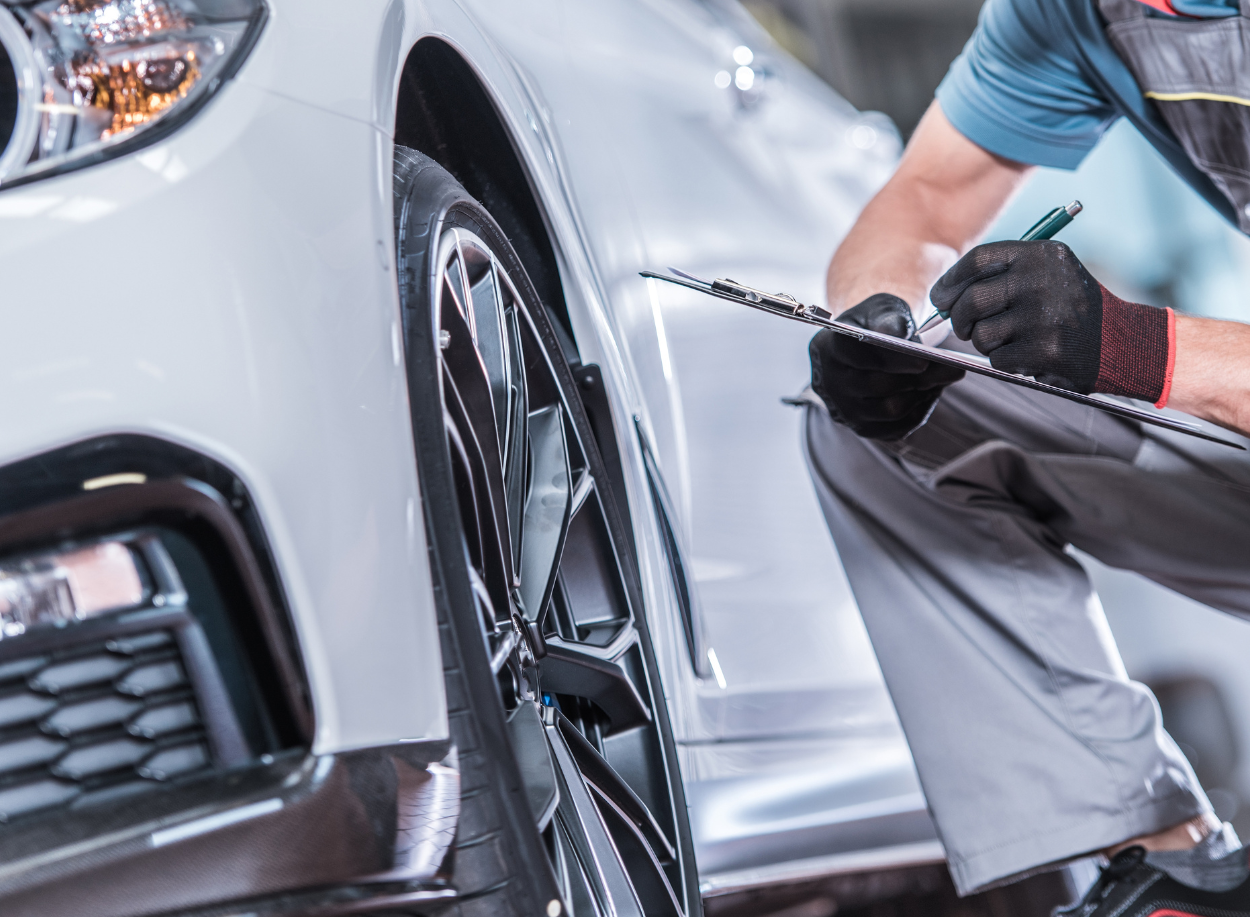
Checking the car’s history: How to access service records and accident reports
Before purchasing a used car, it’s crucial to obtain a detailed history report. This report should include information on previous owners, service records, and any reported accidents or damage. In Australia, you can access this information through services like the Personal Property Securities Register (PPSR) or a vehicle history report from a provider like CarHistory or REVS Check. These reports can reveal whether the car has been written off, stolen, or has outstanding finance, which are critical factors in making an informed decision. Always ask the seller for service records to verify that the car has been properly maintained.
What to look for during a physical inspection
Conducting a thorough physical inspection is essential when buying a used car. Start by examining the exterior for signs of damage, rust, or poor repairs, especially around the doors, bonnet, and boot. Check that all lights, indicators, and windows are functioning correctly. Inside the car, inspect the condition of the seats, dashboard, and controls, looking for excessive wear or damage. Under the bonnet, check the engine for leaks, unusual noises, and the condition of the oil and coolant. Pay close attention to the tyres for uneven wear, which can indicate alignment or suspension issues. A meticulous inspection can help you avoid costly surprises after purchase.
Understanding odometer fraud and how to spot it
Odometer fraud, where the mileage on a car is tampered with to appear lower, is a serious issue that can mislead buyers about a vehicle’s true condition. To spot odometer fraud, compare the mileage on the odometer with the wear and tear of the car—excessively worn pedals, steering wheels, and seats can be a red flag. Check the service records and compare the recorded mileage at each service interval. Also, a vehicle history report can reveal discrepancies in recorded mileage over time. If the numbers don’t add up, it’s best to walk away from the deal.
Importance of a professional pre-purchase inspection
Even if you conduct your own inspection, it’s highly recommended to have the car inspected by a qualified mechanic before purchase. A professional pre-purchase inspection can uncover issues that might not be immediately visible, such as engine problems, transmission issues, or hidden damage. Mechanics can provide a detailed report on the car’s condition, estimate repair costs, and give you peace of mind before finalizing the purchase. While this service comes at a cost, it can save you from buying a car that requires expensive repairs in the near future.
Test driving a used car: What to watch for
A test drive is a critical part of the used car buying process. When test driving, pay attention to how the car handles, brakes, and accelerates. Listen for any unusual noises from the engine, brakes, or suspension. Test the steering responsiveness and ensure the car drives straight without pulling to one side. Try the car in different driving conditions, such as city traffic and highways, to assess its overall performance. Also, test the car’s features, such as air conditioning, heating, and infotainment systems, to ensure everything is in working order. A thorough test drive can help confirm whether the car meets your expectations.
Negotiating the Best Price for a Used Car

Researching the market value of the car
Before entering negotiations, it’s essential to know the market value of the car you’re interested in. Use online resources like RedBook, Carsales, or the NRMA’s car valuation tool to get an estimate of the car’s worth based on its make, model, year, mileage, and condition. This information will give you a solid foundation for negotiating and ensure that you don’t overpay. Be aware that prices can vary depending on the location, demand, and season, so take these factors into account when determining a fair price.
Common negotiation tactics that work in Australia
Negotiation is a standard part of buying a used car in Australia, and there are several tactics that can help you secure a better deal. Start by being polite but firm, and don’t be afraid to walk away if the price isn’t right—sometimes, this can prompt the seller to lower their price. Point out any issues or repairs needed, using them as leverage to reduce the price. If you’re buying from a dealership, consider negotiating for extras like a full tank of petrol, extended warranty, or free servicing. Always keep your budget in mind and aim for a win-win outcome where both you and the seller are satisfied.
How to handle trade-ins effectively
If you’re trading in your old car as part of the purchase, it’s important to get a fair valuation. Research the trade-in value of your car using online tools and compare offers from different dealerships. Be aware that trade-in offers can sometimes be lower than selling your car privately, so weigh the convenience of a trade-in against potentially getting a better price elsewhere. When negotiating, keep the transactions separate—first agree on the price of the new car, then discuss the trade-in to avoid any confusion or mixed offers.
Understanding additional costs: Registration, insurance, and stamp duty
When budgeting for a used car, it’s essential to consider additional costs beyond the purchase price. In Australia, these can include registration, which varies by state and territory, insurance premiums, and stamp duty—a tax based on the car’s value. Some states also require a roadworthy certificate or safety inspection before you can register the vehicle. Make sure to factor these costs into your overall budget, as they can add up quickly. Understanding these additional expenses will help you avoid any financial surprises after purchasing your car.
Completing the Purchase: Paperwork and Legal Considerations

Understanding the sales contract and terms of sale
When you’ve agreed on a price, the next step is to review the sales contract carefully. This document outlines the terms of the sale, including the agreed-upon price, any warranties, and the conditions of the sale (such as whether the sale is contingent on financing approval). Ensure that all verbal agreements are included in writing to avoid any misunderstandings later. If buying from a dealer, check for any hidden fees or charges that might be added. Understanding the terms of the sale is crucial to protecting your interests and ensuring a smooth transaction.
Transfer of ownership: Steps to follow
Once the sale is complete, transferring the car’s ownership is a critical step. In Australia, this process involves both the seller and buyer notifying the relevant state or territory’s motor registry (such as VicRoads in Victoria or the RMS in New South Wales) of the change of ownership. The seller must provide a receipt and the car’s registration papers, signed and dated, to the buyer. The buyer then submits these documents to the motor registry, along with any applicable transfer fees. Some states also require a roadworthy certificate or proof of a safety inspection at this stage.
Essential documents: Registration, roadworthy certificate, and more
Before driving away in your new car, ensure that all necessary documents are in order. These typically include the vehicle’s registration papers, a roadworthy certificate (if required by your state or territory), proof of insurance, and a sales receipt. The roadworthy certificate certifies that the vehicle meets minimum safety standards and is often required for transferring registration. If the car is still under finance, ensure that the seller has paid off the loan before completing the sale, as the car could be repossessed if outstanding debt remains.
Avoiding scams and fraudulent sellers
Unfortunately, the used car market is not immune to scams and fraudulent activity. To protect yourself, always be cautious when dealing with sellers who are unwilling to provide proper documentation or who pressure you into making a quick decision. Beware of deals that seem too good to be true, as they often are. Verify the car’s history using official records and insist on a professional inspection. If buying from a private seller, meet in a public place and consider bringing a friend along. Taking these precautions can help you avoid falling victim to scams.
Understanding your consumer rights under Australian law
As a buyer, you have certain rights under Australian consumer law, even when purchasing a used car. If you buy from a dealership, the car must be of acceptable quality, fit for purpose, and match the description provided. If a problem arises shortly after purchase, you may be entitled to a repair, replacement, or refund. However, consumer protections are more limited when buying from a private seller, so thorough checks and documentation are crucial. Familiarizing yourself with your rights can help you take appropriate action if issues arise after the sale.
Post-Purchase Considerations
Setting up your insurance policy
After purchasing your used car, setting up insurance is a priority. At a minimum, you’ll need Compulsory Third Party (CTP) insurance, which covers injury to others in an accident. However, you may also want to consider comprehensive insurance, which covers damage to your vehicle and other vehicles, as well as theft, fire, and vandalism. Shop around for the best insurance rates and ensure your policy starts as soon as you take ownership of the car to avoid any gaps in coverage. Confirm that your insurance policy meets the requirements of your state or territory.
Scheduling regular maintenance and inspections
Regular maintenance is key to keeping your used car in good condition and extending its lifespan. Follow the manufacturer’s recommended service schedule, which typically includes oil changes, brake inspections, tyre rotations, and other routine checks. Keep records of all maintenance work, as this will be useful if you decide to sell the car in the future. Regular inspections can help identify potential issues before they become major problems, saving you money on repairs and ensuring the car remains safe to drive.
Registering your car in your state or territory
If you’ve purchased a used car from a different state or territory, you’ll need to register it in your home state. The process varies by region but typically involves submitting proof of ownership, the current registration, a roadworthy certificate, and proof of identity to the local motor registry. You may also need to pay registration fees and transfer taxes. Be sure to complete this process promptly, as driving an unregistered vehicle can result in fines and penalties.
What to do if you encounter issues with your purchase
If you encounter problems with your used car after purchase, it’s important to act quickly. If the car was purchased from a dealer, contact them immediately to discuss the issue and seek a resolution, whether it’s a repair, replacement, or refund. If the dealer is uncooperative, you can escalate the matter to your state’s consumer protection agency. If the car was purchased from a private seller, your options may be more limited, but you can still seek advice from legal professionals or consumer rights organizations. Keeping all documentation and records will support your case if a dispute arises.
Popular

- Japanese Used Car
- Blog
The Pitfalls of Purchasing Imported Japanese Used Cars
27 February 2024

- Blog
Your Complete Guide to Buying a Used Car in Australia: From Pre-Purchase Inspection to Post-Purchase Maintenance
01 October 2024
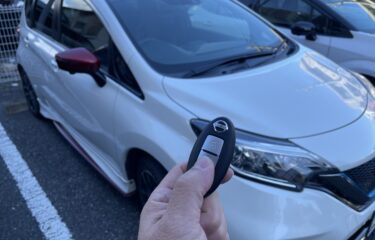
- Car Functions
- Blog
Smart Key Solutions: Battery Replacement and Troubleshooting
23 March 2024

